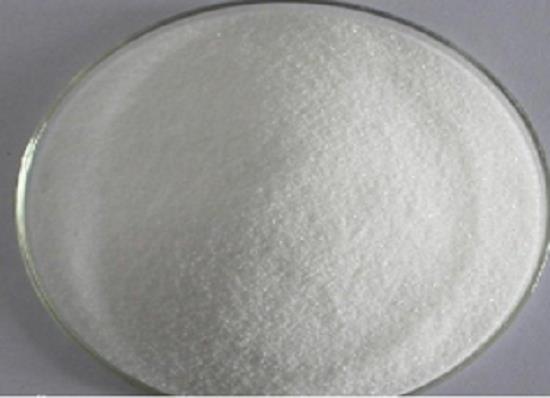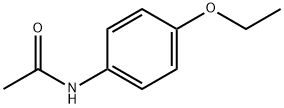The Side Effects of Phenacetin
Jul 4,2023
Phenacetin is an analgesic and antipyretic drug that was commonly used in the early 20th century to relieve pain and reduce fever. It belongs to the class of drugs called para-aminophenols and was widely used as a painkiller until it was banned in many countries due to its potential kidney and liver toxicity.
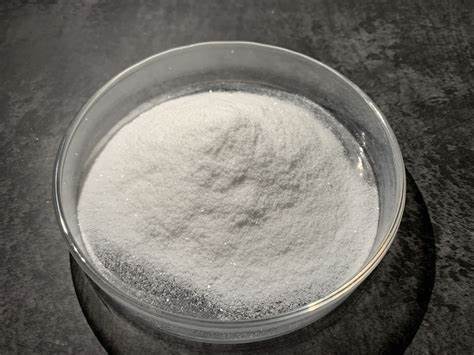
Uses
Phenacetin was often used in combination with other drugs, such as aspirin or caffeine, to enhance its analgesic effects. It was primarily used to alleviate headaches, menstrual pain, and other forms of mild to moderate pain.
Side Effects
Some potential side effects of phenacetin include:
1.Kidney damage: Long-term use of phenacetin has been linked to kidney damage, including kidney failure. This can lead to symptoms such as decreased urine output, swelling in the legs and ankles, fatigue, and shortness of breath.
2.Cancer risk: Phenacetin has been classified as a Group 1 carcinogen by the International Agency for Research on Cancer (IARC). This means that it is considered to have sufficient evidence of carcinogenicity in humans. Specifically, phenacetin has been associated with an increased risk of bladder cancer.
3.Blood disorders: Phenacetin use has been associated with blood disorders such as methemoglobinemia and hemolytic anemia. Methemoglobinemia is a condition in which the blood cannot carry oxygen properly, leading to symptoms such as shortness of breath, dizziness, and a bluish coloration of the skin. Hemolytic anemia is a condition in which the red blood cells are destroyed faster than they can be replaced, leading to fatigue, pale skin, and other symptoms of anemia.
4.Allergic reactions: Some individuals may experience allergic reactions to phenacetin, which can range from mild symptoms such as rash and itching to severe reactions such as difficulty breathing and anaphylaxis (a potentially life-threatening allergic reaction).
As a result of these health concerns, phenacetin has been banned or heavily restricted in many countries and is no longer widely used as a painkiller. Safer alternatives with similar analgesic properties have replaced phenacetin in today's medical practice.
It's worth noting that while phenacetin is no longer recommended for use, its chemical structure has been modified to develop safer alternatives, such as acetaminophen (paracetamol), which is widely available and considered much safer for pain relief and reducing fever.
- Related articles
- Related Qustion
- Phenacetin: A Comprehensive Overview for Chemistry Professionals Oct 31, 2024
Phenacetin, a painkiller, was the world's first synthetic pharmaceutical drug. It was one of the first painkillers that was not derived from opium while at the same time being absent of anti-inflammatory qualities.
- Phenacetin: pharmacokinetics, mechanism of action and clinical applications Aug 23, 2023
Phenacetin is absorbed orally, metabolized to paracetamol and inhibits prostaglandin synthesis. no longer widely used due to safety concerns.
- Phenacetin Dec 10, 2021
Phenacetin (p-Acetophenetidine),is an acetanilide antipyretic and analgesic, and its antipyretic and analgesic effect is mild and lasting. The antipyretic strength is similar to that of aspirin, but the analgesic effect is weaker.
Phenacetin
62-44-2You may like
- Phenacetin
-
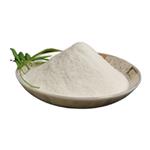
- $30.00 / 1kg
- 2025-01-23
- CAS:62-44-2
- Min. Order: 1kg
- Purity: 99.9%
- Supply Ability: 10000
- Phenacetin
-

- $0.00 / 1KG
- 2025-01-23
- CAS:62-44-2
- Min. Order: 1KG
- Purity: 99%
- Supply Ability: 1 ton/year
- Phenacetin
-
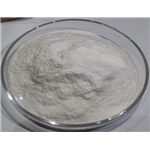
- $1.00 / 1g
- 2025-01-23
- CAS:62-44-2
- Min. Order: 1g
- Purity: 99%
- Supply Ability: 1000kg




